Exploring the power of AI/ML in IoT platforms
The increase in demand for seamless real-time data processing of IoT devices to predict outcomes is sufficed by the introduction of AI inference at the edge. Exponential growth in the implementation of AI in IoT devices has brought in the need to transform IoT development platforms smarter than ever before. To meet the requirements of the embedded systems, several IoT platforms are coming to the market that integrates the competency of AI to provide insights on the incoming data and perform analytics for future use.
IoT platforms have grown popular in recent times due to the complexity of the IoT system and AI inference at the edge. To cater to these needs, there are several IoT platforms in the market that explore AI capabilities. Most of the IoT platforms offer various features and cloud storage options along with faster results that involve device connectivity, streaming analytics, and ML model deployment.

Several market leaders, including IBM and Amazon, have started to explore the power of AI/ML in IoT platforms and make the system more efficient for complex use cases. We will be discussing in detail the IoT platforms that utilize the power of AI/ML to complete the setup of IoT systems. The integration of AI in the IoT platforms has made the system more intelligent than ever before by predicting events and simulate what-if scenarios that accelerate the performance.
Why do you need AI/ML in IoT platforms?
IoT end devices collect data from the sensors integrated with the system. The need to process the incoming information has exponentially increased to detect anomalies and predict the trends impacting the performance. The data captured by the IoT end device needs to be reliably processed in the backend to analyze the behavioral pattern of the information. Integrating AI/ML in the IoT platforms has reduced the risk of missing out on the hidden data that usually IoT platforms tend to overlook. This increases the performance with the automated response and informed decision making.
In general, the IoT platform is a set of technologies used to design and deploy the IoT application at any scale. For data-intensive IoT applications with the vast amount of incoming data from the sensors that focus on monitoring, managing, and optimizing the performance require AI-enabled IoT platforms. A classic example of using AI-enabled IoT platforms is monitoring and optimizing the reliability and performance, reducing the time and effort involved in resolving the challenges in real-time.

Several IoT platforms operate only by analyzing the data with a threshold value and not improving the system for future use. This can aid the requirements in some scenarios where the anomalies and defects can be rectified in real-time. But in a health monitoring system, the incoming data needs to be analyzed qualitatively and make better decisions over time.
IoT platforms that take data for an extended period and involve AI models are more efficient and effective in terms of the range of parameters that can be analyzed. In the traditional approach, the IoT platforms are more or less operating on the fixed benchmarks given to the system and do not improve the performance with time. This requires more workforce to control the IoT systems and solve the challenges that are taken care of in the AI-enabled IoT platforms. Many IoT platforms in the market take historical data to train a machine learning model.
Examples of IoT platforms utilizing AI/ML
Pioneering companies building IoT platforms have already introduced AI/ML-based analytics to the toolchain. These include Microsoft Azure IoT, Amazon AWS IoT, Google Cloud IoT, and Software AG’s Cumulocity. Starting with Microsoft Azure IoT, it allows the user to deploy models built and trained in the cloud and run them on the system. “For example, if you deploy a predictive model to a factory camera to test for quality control and an issue is detected, IoT Edge triggers an alert and processes the data locally or sends it to the cloud for further analysis. Azure IoT has provided a GitHub repository that helps the user integrate AI and IoT.
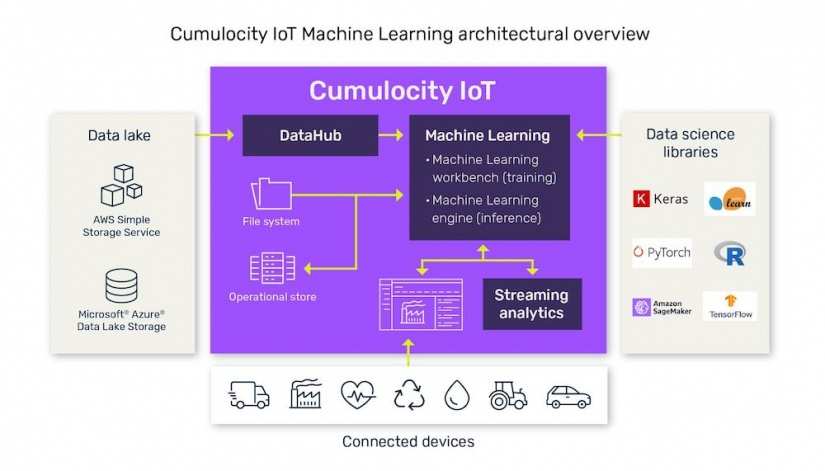
(Image Credit: Software AG)
Amazon AWS IoT brings the integrated AI capabilities to make the IoT end devices smarter without internet connectivity. With this tool, you monitor and analyze the incoming data and build web-based applications to retrieve historical information. In the AWS IoT platform, the models have to be trained using the Amazon Sagemaker. Google Cloud IoT has many ways to connect the data to the machine learning models. There is also a separate AI platform where machine learning models can be trained, together with a cloud storage option for the IoT data.
At Software AG’s Cumulocity, the platform features device connectivity, application integration, streaming analytics, and machine learning model deployment. This platform is available for the user at cloud, on-premise, or even at the edge. Cumulocity specifically offers the flexibility to use your data science library of choice. These platforms get the ability to improve the machine learning algorithms with more data being received and cumulated to make accurate predictions. The sensor data that comes into the cloud for analytics is used for training and verification. The machine learning model then looks at the past data for anomalies, similarities, and variations to come up with a decision.
Final thoughts
The use of AI in the field of IoT is impeccable, and it has become rare to find an IoT system without the use of ML models. There is a significant increase in demand for those looking for investment and acquisition of startups that merge AI and IoT technologies to aid the growing complex IoT system. Also, the machine learning-based analytics and the improved security aspect in the AI-enabled IoT platforms add value to the toolchain. If you are planning to build an easy-to-use IoT platform, you should be considering integrated AI as part of your plan.





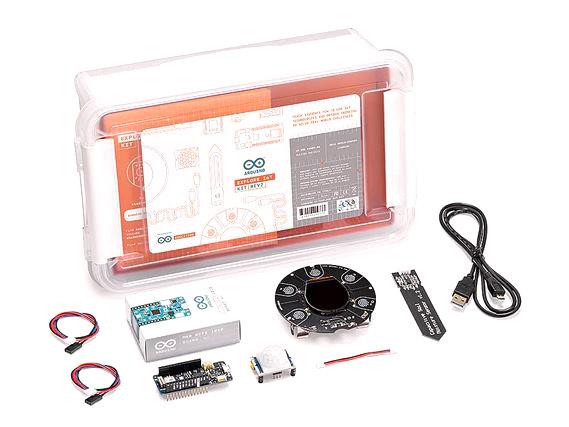
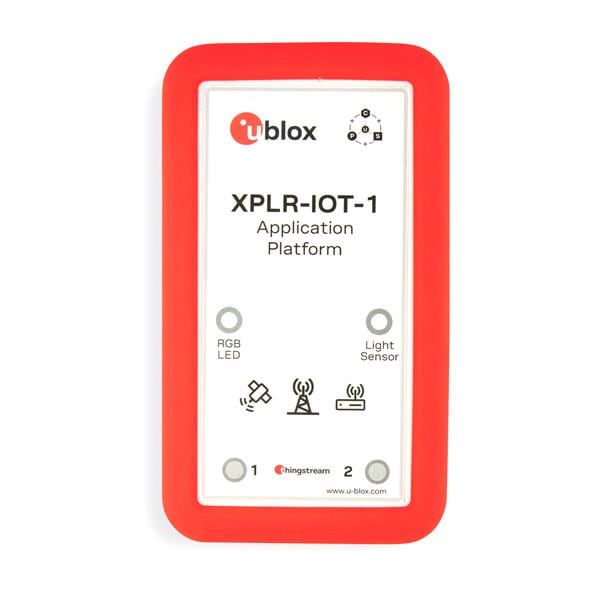
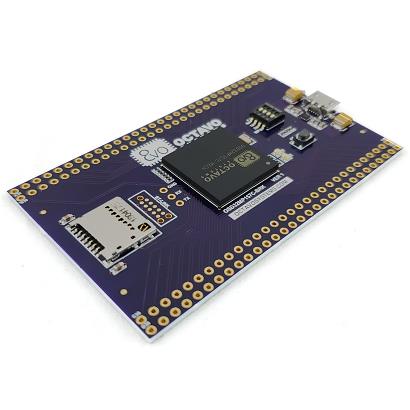
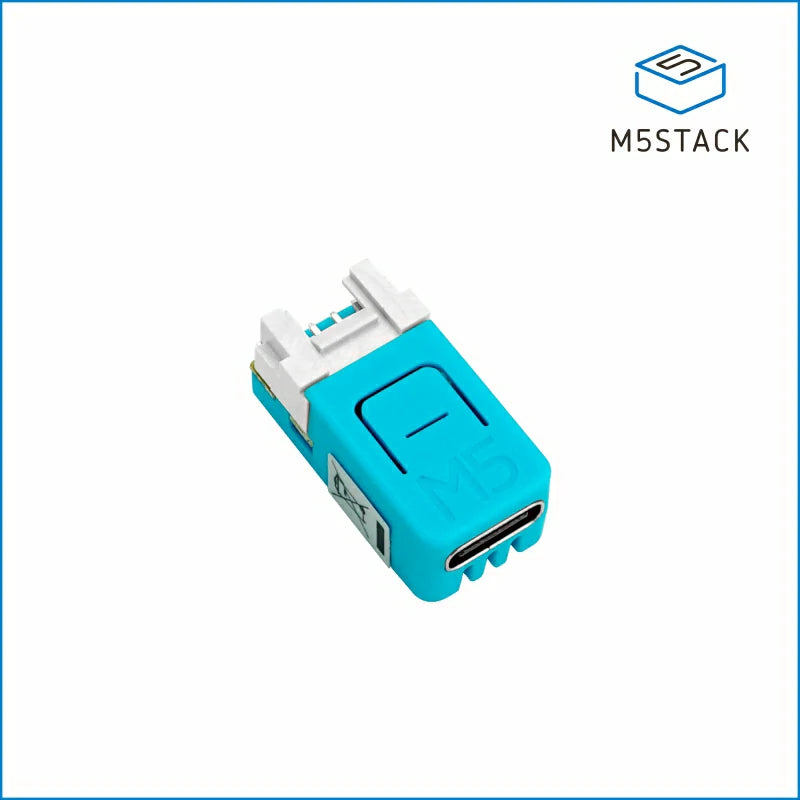
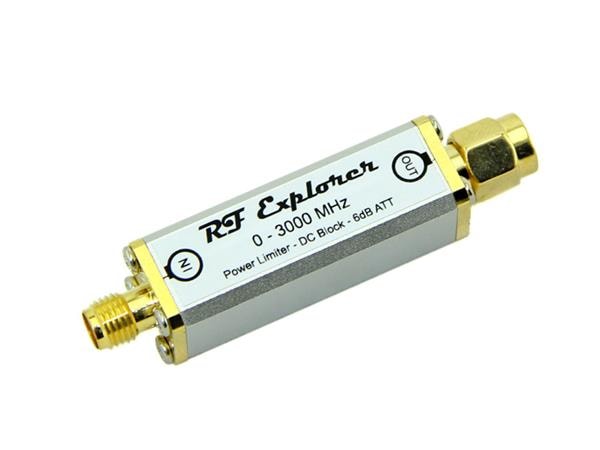
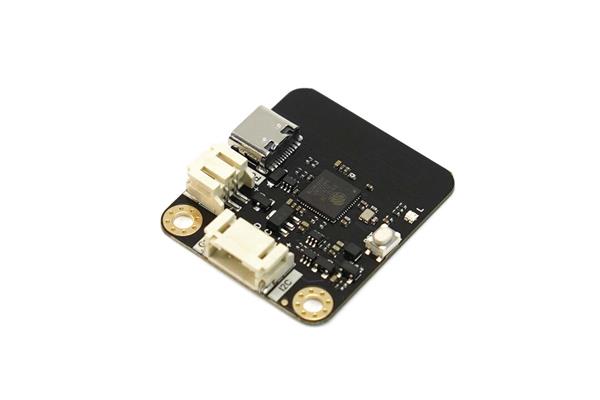
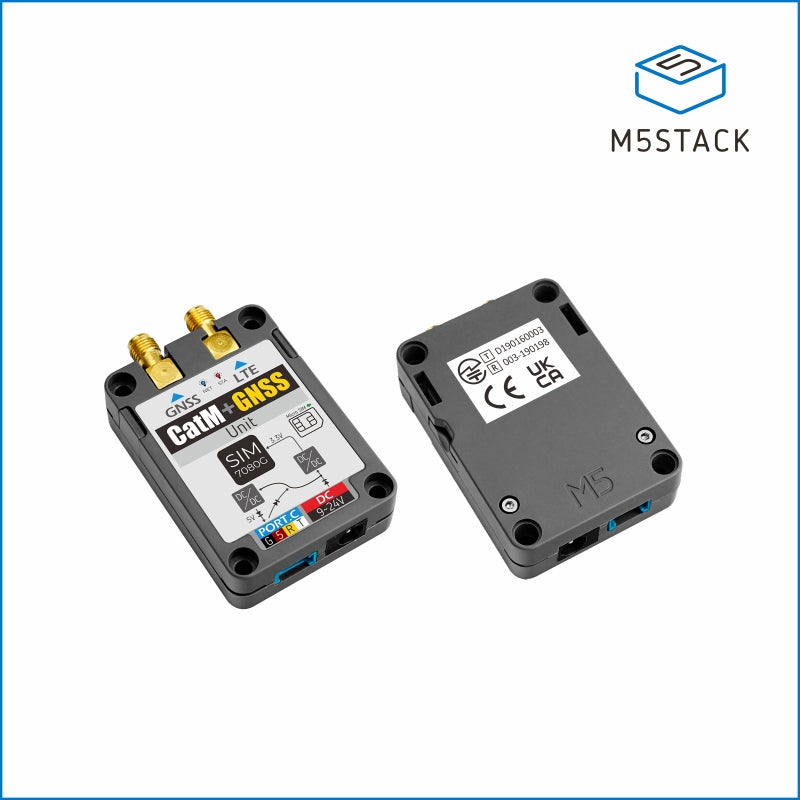
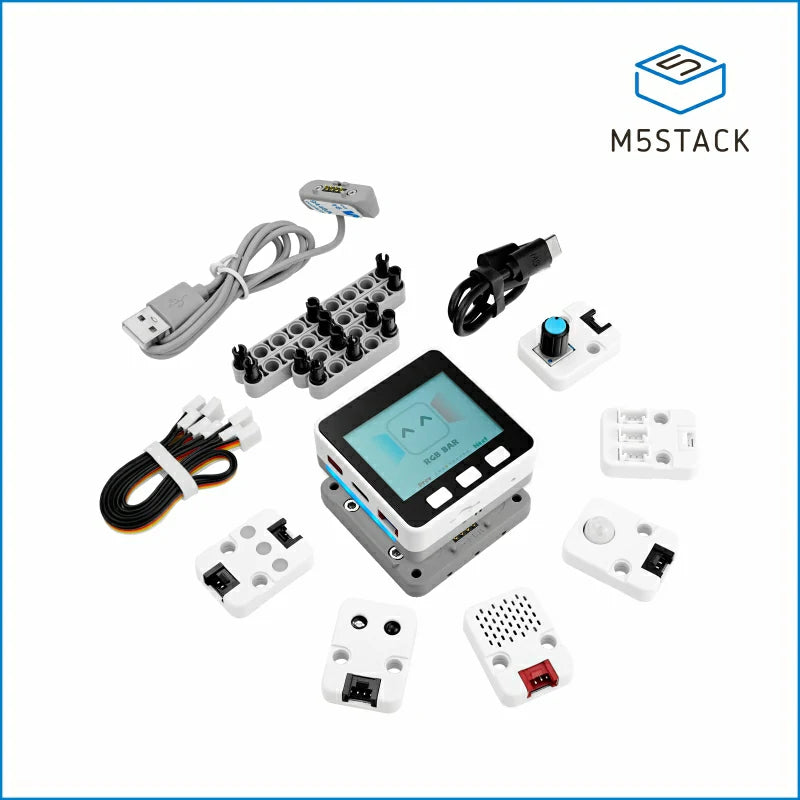
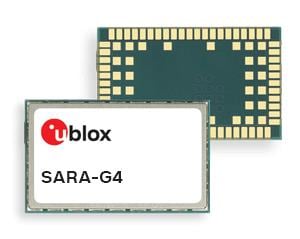
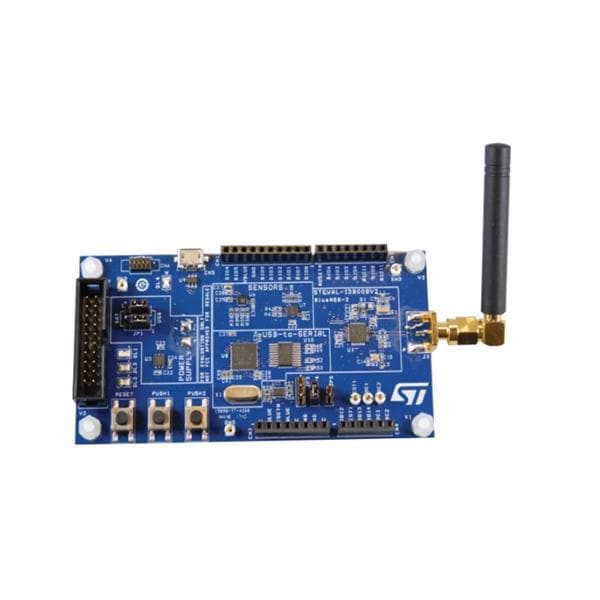
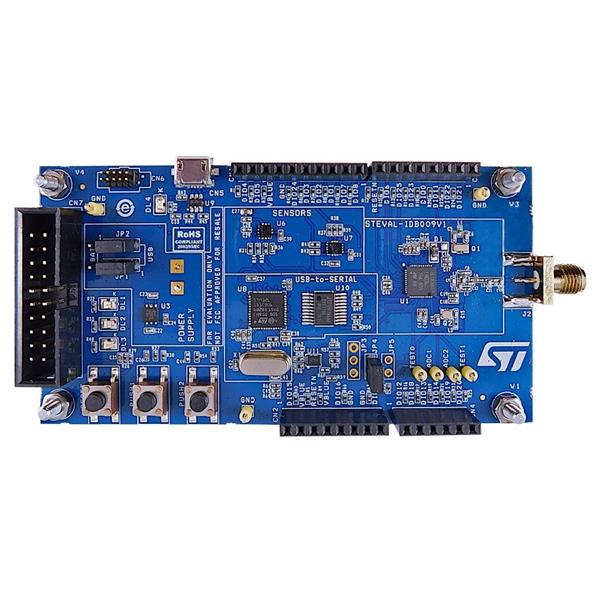
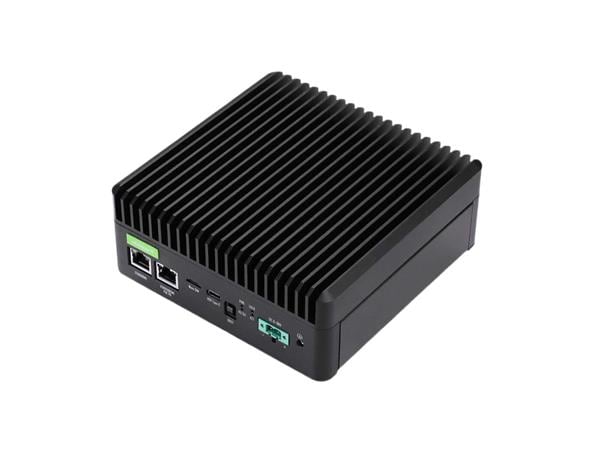
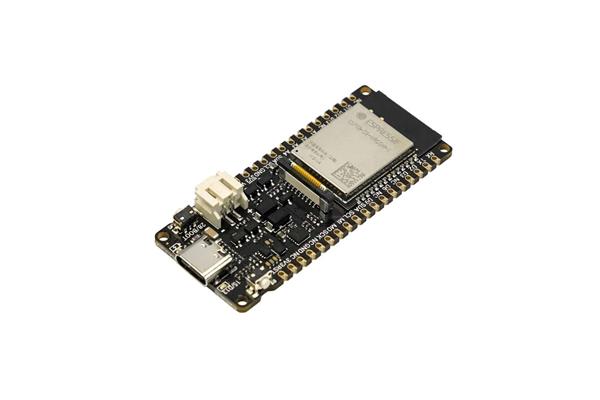
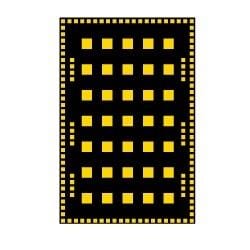
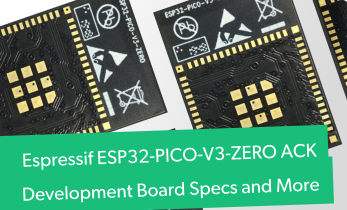
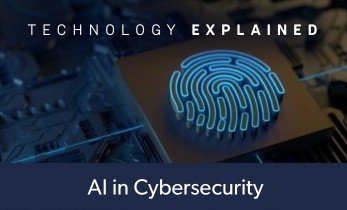

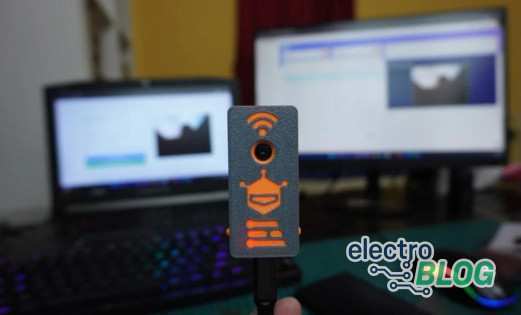
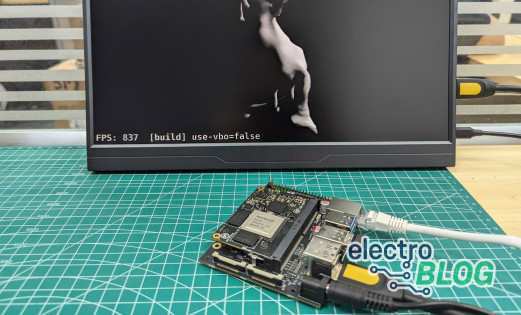
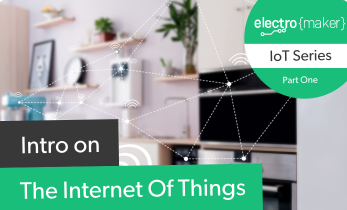
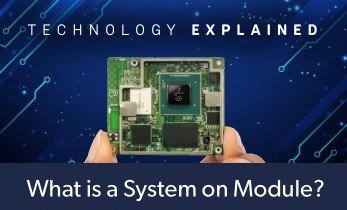
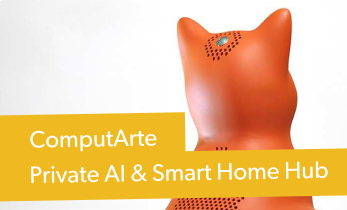

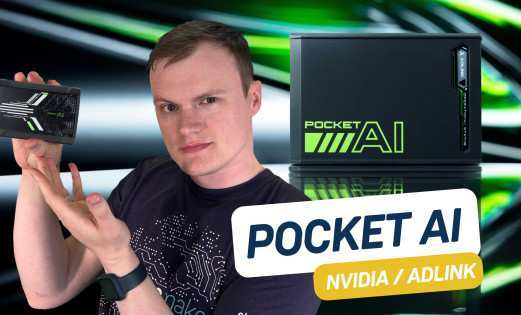
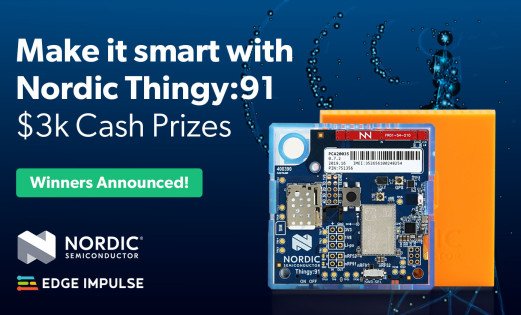
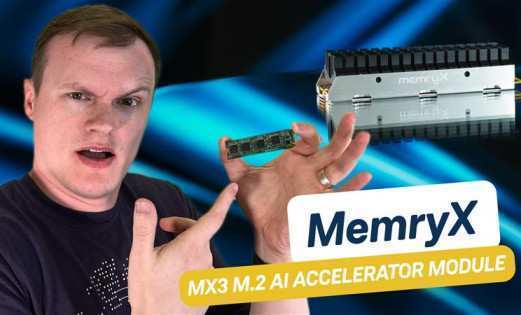
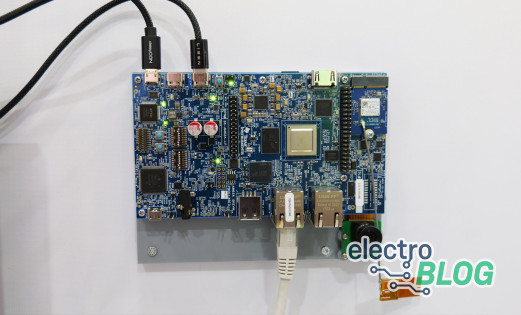
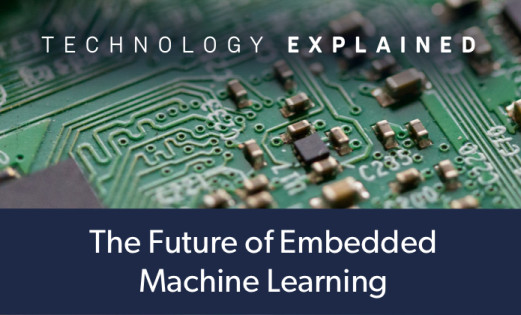
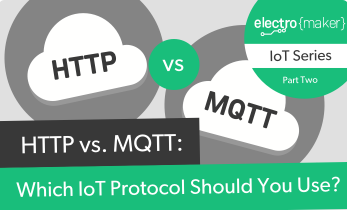

Leave your feedback...